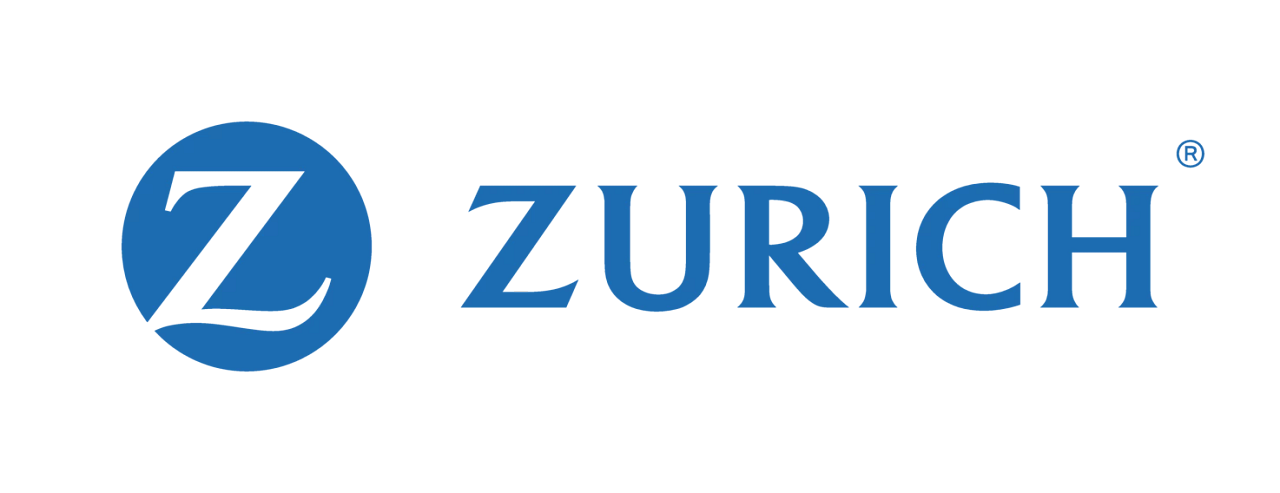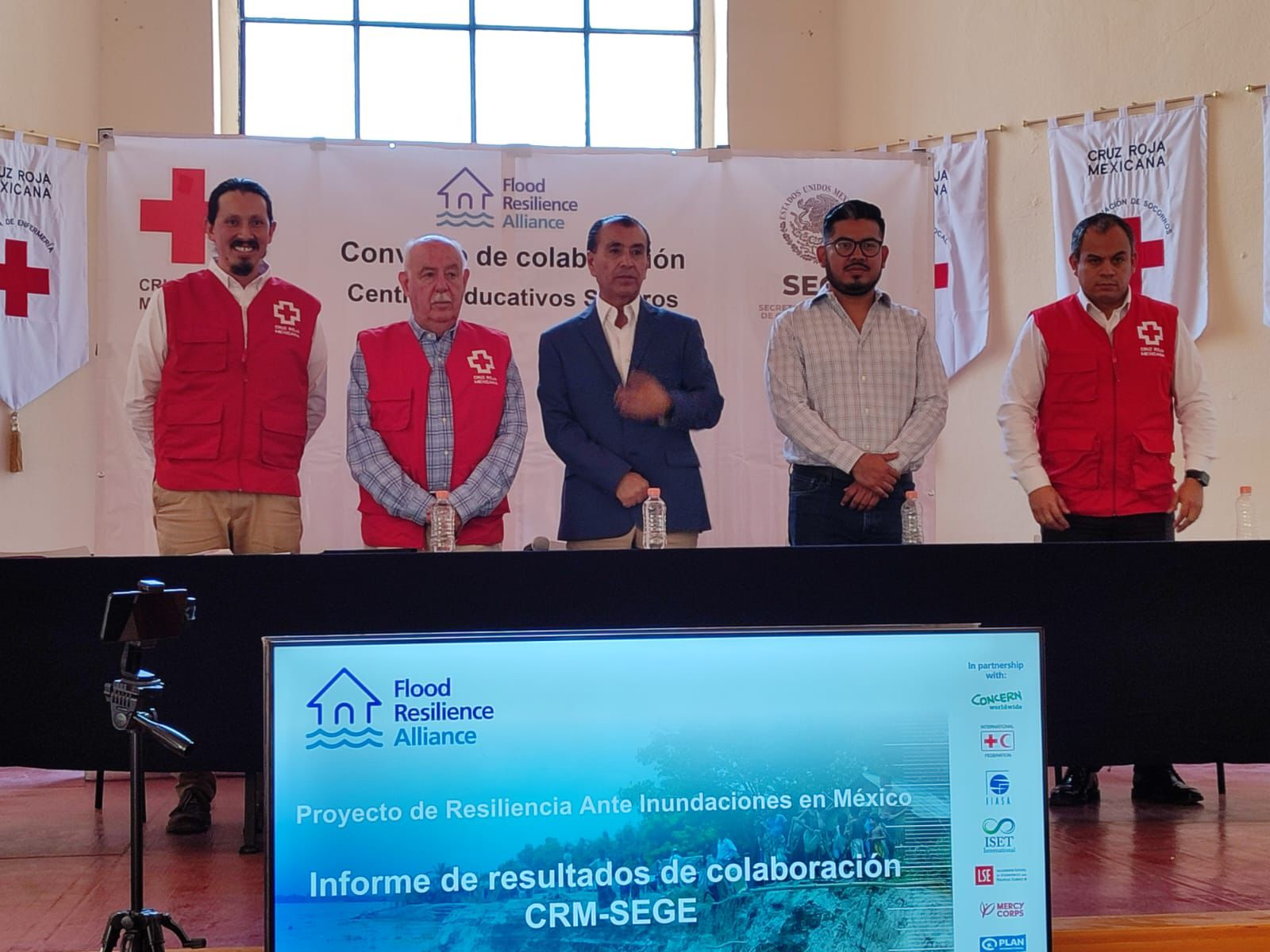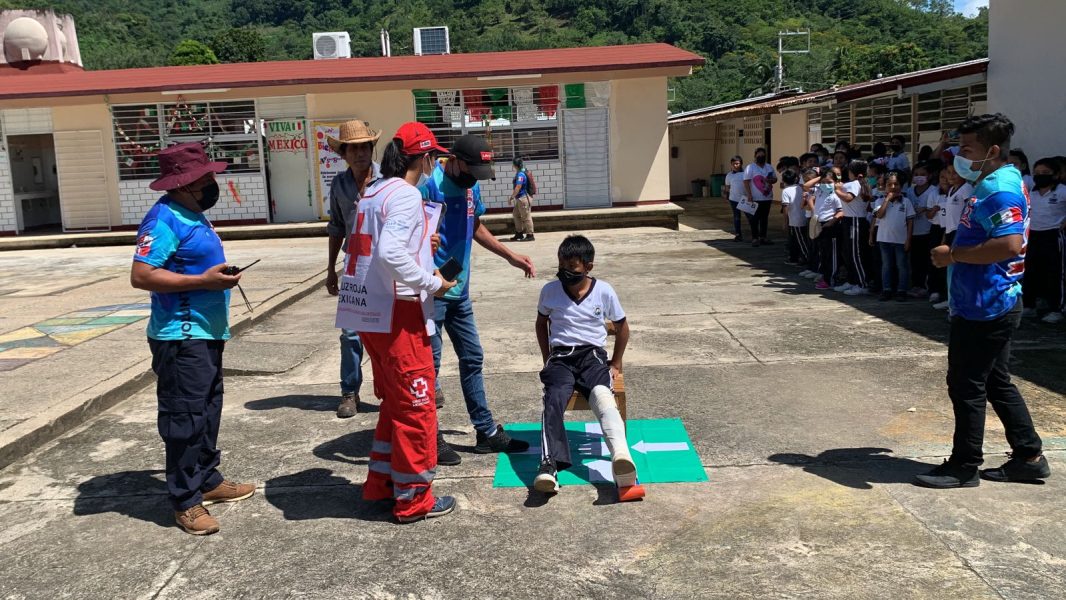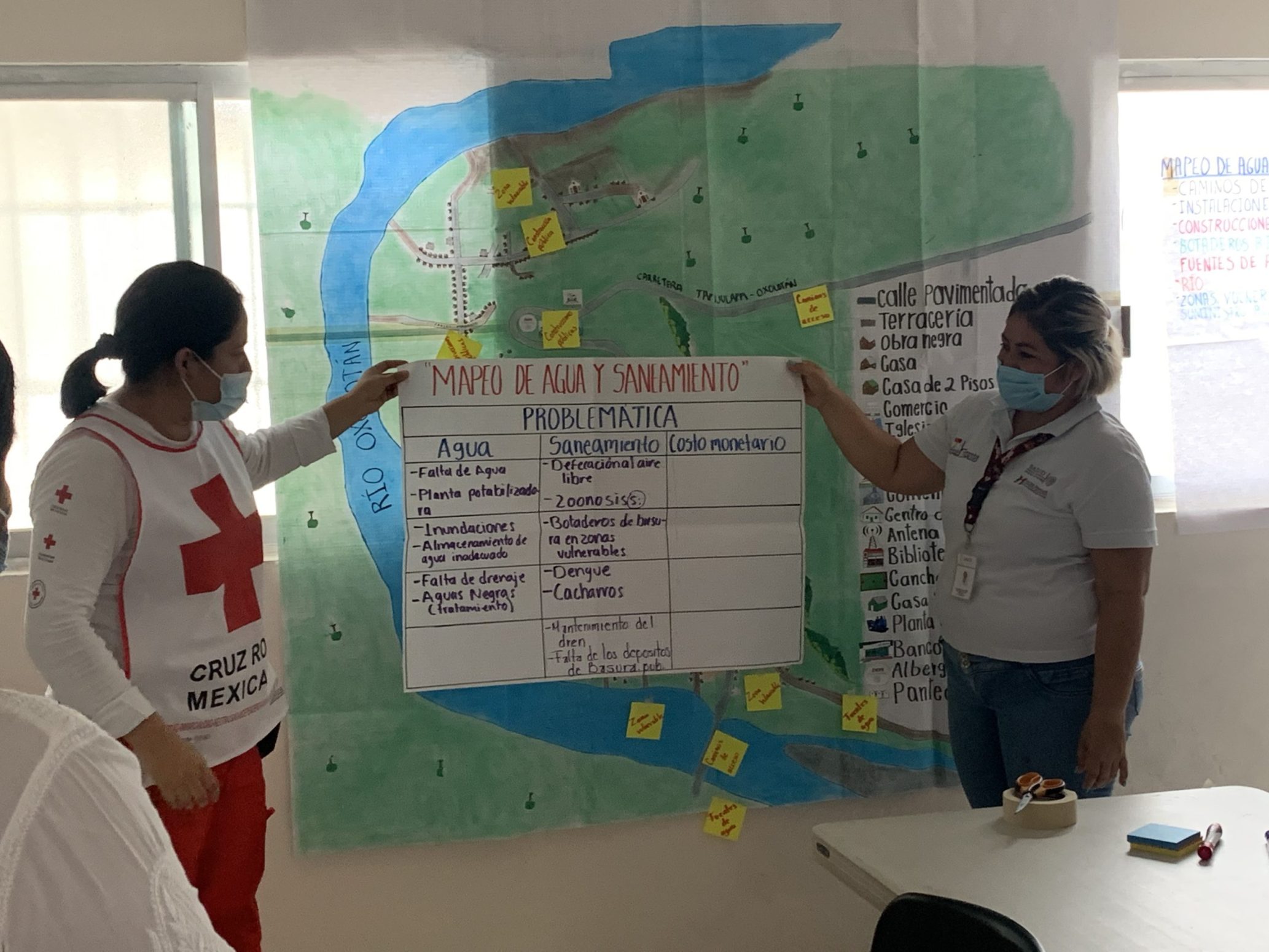Our impact so far
Mexico is susceptible to different types of climate hazards, such as droughts in the desert zone of the north, frosts in the northwest and northeast, heavy rains in the south and tropical cyclones along the coast. According to the National Center for the Prevention of Disasters, around 80% of disaster-related costs in Mexico between 2000 and 2022 were related to hydrometeorological events. Our flood resilience work is focused on the most flood-prone areas in Mexico in the Gulf of Mexico region, where the risk of flooding increases during the hurricane season, from May to November each year. Both rapid and slow onset floods in this region consistently lead to damaged infrastructure, loss of lives, displacement of communities, and economic losses. Heatwaves are a common phenomenon in Mexico during the summer months however, according to the National Water Commission, most parts of Mexico have experienced higher-than-average temperatures due to climate change.
The program works with local populations to strengthen flood resilience at a household and community level, implementing interventions such as the formation of community brigades, the development of family emergency plans and risk awareness through community resilience fairs, among others. These actions have been applied and adapted to rural and urban communities. In both contexts, the Mexican Red Cross facilitates integration and collaboration with diverse sectors including health, education, universities and civil protection. The knowledge and experience gained is shared with communities, practitioners, and policy makers and used as evidence to advocate for better laws, policies, and plans.
The future
Going forward, the Mexican Red Cross aims to target 3 priorities:
- Shift to an integrated climate-resilience approach that reaches local populations.
- Expand local access to Early Warning Systems and support early action to reduce losses and damage.
- Integration of climate-smart programming throughout the national humanitarian sector.
Across these key areas of work, the Mexican Red Cross will promote the localization of climate resilience, prioritise the strengthening of social and human capacities and leverage its role as a connector.









